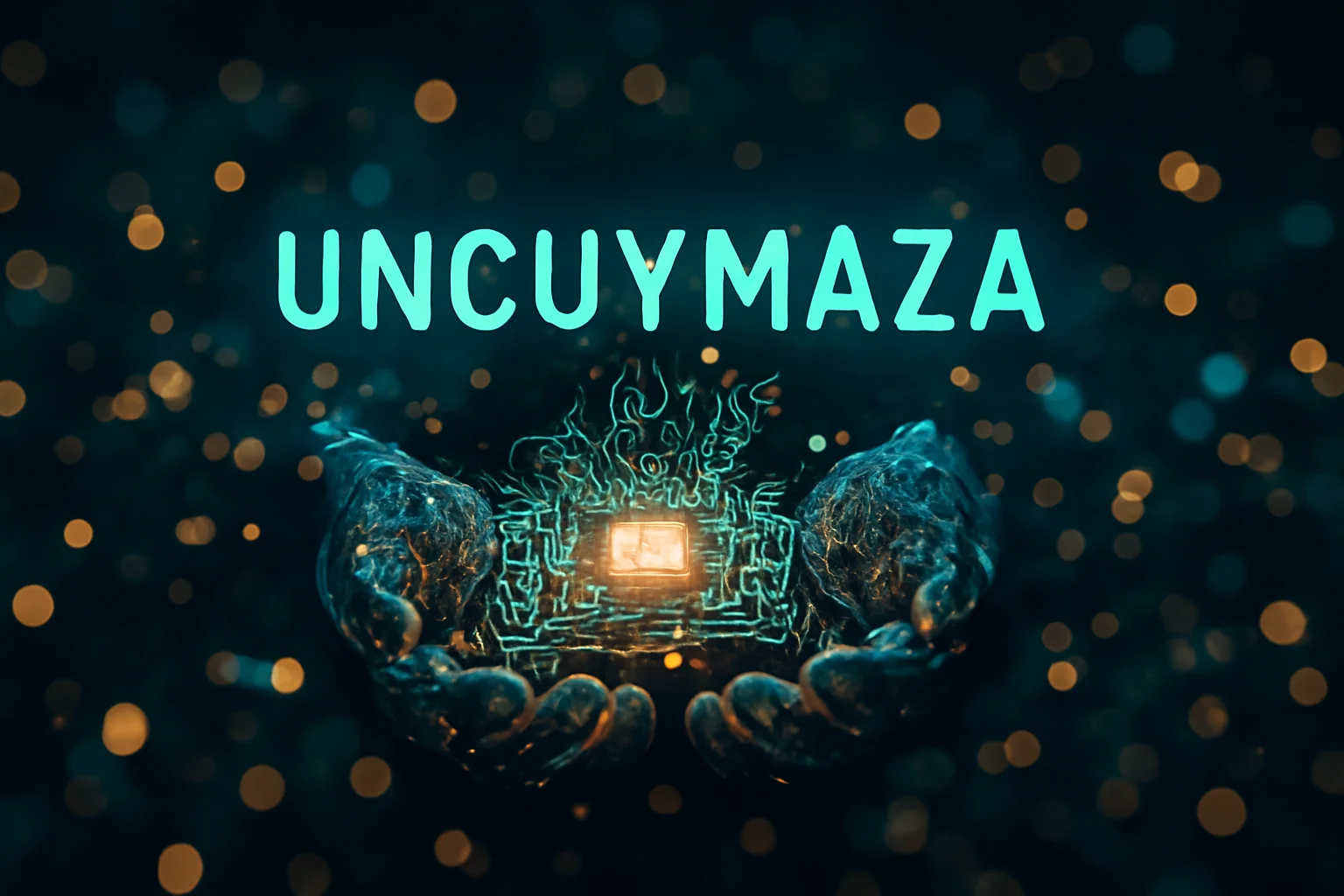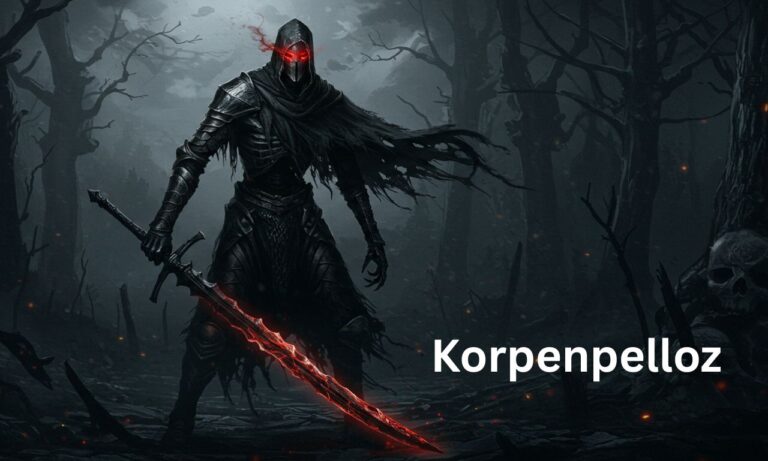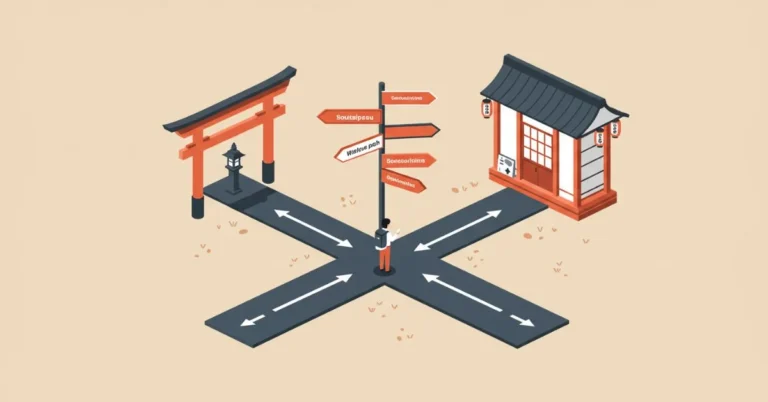What Is Uncuymaza and Why It Still Matters
Uncuymaza is more than a word—it’s a living expression of cultural heritage, unity, and community pride. Rooted in ancient traditions and still celebrated today, it reflects the deep spiritual and social bonds that connect generations. From its powerful origins to its present-day celebrations, Uncuymaza represents a resilient identity that continues to shape lives and stories.
At its core, Uncuymaza symbolizes the strength of collective memory and the importance of honoring the past while navigating the present. It is woven into rituals, music, storytelling, and communal gatherings, serving as a reminder of values passed down through time—respect, solidarity, and belonging. Each mention of Uncuymaza carries echoes of elders’ wisdom, ancestral journeys, and the unbreakable ties that hold communities together.
Today, Uncuymaza lives on not only in traditional ceremonies but also in modern expressions of art, language, and activism. It inspires a renewed sense of purpose and identity among younger generations seeking connection in a rapidly changing world. As a bridge between history and modernity, Uncuymaza continues to evolve—yet never loses the essence of what makes it sacred.
More than a tradition, it is a movement—a heartbeat that resonates across regions, reminding all who speak it or live by it that heritage is not something to be preserved in silence, but to be celebrated with pride, shared with intention, and carried forward with honor.
The Meaning and Historical Roots of Uncuymaza
Uncuymaza originates from the Quechua language, widely spoken by indigenous peoples of the Andes. The term roughly means “the place of gathering,” a reference to communal spaces where people came together for rituals, trade, and storytelling.
A Name That Reflects Connection
In its earliest form, Uncuymaza described a space where tribes found safety, shared knowledge, and celebrated life. These gatherings were more than social—they reinforced identity, tradition, and kinship.
Echoes from the Ancestors
The meaning of Uncuymaza has been preserved not just in language, but in spirit. Oral traditions, passed down through generations, have kept its significance alive even through colonization and modernization.
Cultural Significance Through Time
Uncuymaza serves as a symbol of unity and spiritual strength. It’s not only a term for gathering—it’s a philosophy that emphasizes belonging, respect for nature, and community care.
Celebrations That Reflect Values
Rituals tied to Uncuymaza often focus on the seasons, harvests, or ancestral remembrance. These moments blend sacred intention with joyful expression through music, dance, and food.
The Role of Art and Storytelling
Handwoven garments, symbolic dances, and folk tales are crucial to the cultural experience. Each thread and word in these art forms is a memory preserved—a tribute to the resilience of a people rooted in tradition.
The Evolution of Uncuymaza in the Modern World
While Uncuymaza remains grounded in the past, it has adapted to the present with incredible vibrancy. Today’s communities balance tradition with creativity to keep these customs alive.
Contemporary Festivals and Cultural Revival
Modern-day Uncuymaza celebrations attract both locals and visitors. Parades, workshops, and cultural exhibitions spotlight indigenous pride and invite younger generations to explore their roots.
Food, Fashion, and Folklore
Local dishes crafted from ancestral recipes and worn garments adorned with regional motifs are centerpieces of these events. They tell stories of survival, pride, and generational continuity.
Challenges and Solutions in Preserving Uncuymaza
Despite its richness, Uncuymaza faces challenges in today’s rapidly changing world. Globalization, urban migration, and declining transmission of native languages threaten its continuity.
Education as a Cultural Bridge
Introducing Uncuymaza into school curricula helps younger generations engage with their cultural background in meaningful ways. Local elders, when included in teaching, add authenticity and depth.
Digital Preservation and Social Media
Technology offers tools for cultural preservation. Documenting dances, rituals, and oral histories in digital form ensures that the legacy of Uncuymaza can endure across time and borders.
Community-Led Cultural Stewardship
Grassroots initiatives, supported by local governments and NGOs, are crucial. These efforts create sustainable platforms where Uncuymaza can evolve without losing its core essence.
Looking Ahead: Uncuymaza in Future Generations
Uncuymaza is more than an event or symbol—it’s a way of life. As the world grows more interconnected, its emphasis on togetherness and cultural respect is increasingly relevant.
A Global Call to Preserve Identity
In a world where identities often feel diluted, Uncuymaza serves as a reminder of the power of roots, rituals, and remembrance. Its preservation is a collective responsibility for communities and cultural advocates alike.
Clearing Up Confusion
What does the word “Uncuymaza” actually mean?
It is believed to derive from the Quechua language and loosely translates to “the place of gathering,” referring to communal meeting spaces used by indigenous tribes.
Is Uncuymaza a real place or just a concept?
Uncuymaza refers more to a cultural concept and tradition rather than a specific town or location, though some regions may use the term to name local festivals or landmarks.
How is Uncuymaza celebrated today?
Modern Uncuymaza celebrations include parades, traditional dances, food festivals, and community storytelling. These events often blend ancient practices with modern creative expression.
Why is Uncuymaza at risk of disappearing?
Factors like modernization, migration, and language loss contribute to the erosion of traditional practices. However, local efforts, education, and digital documentation are helping preserve it.
Can tourists participate in Uncuymaza festivals?
Yes. Many communities welcome respectful participation from visitors. Tourists are encouraged to learn about the culture beforehand and support local artisans and performers.






